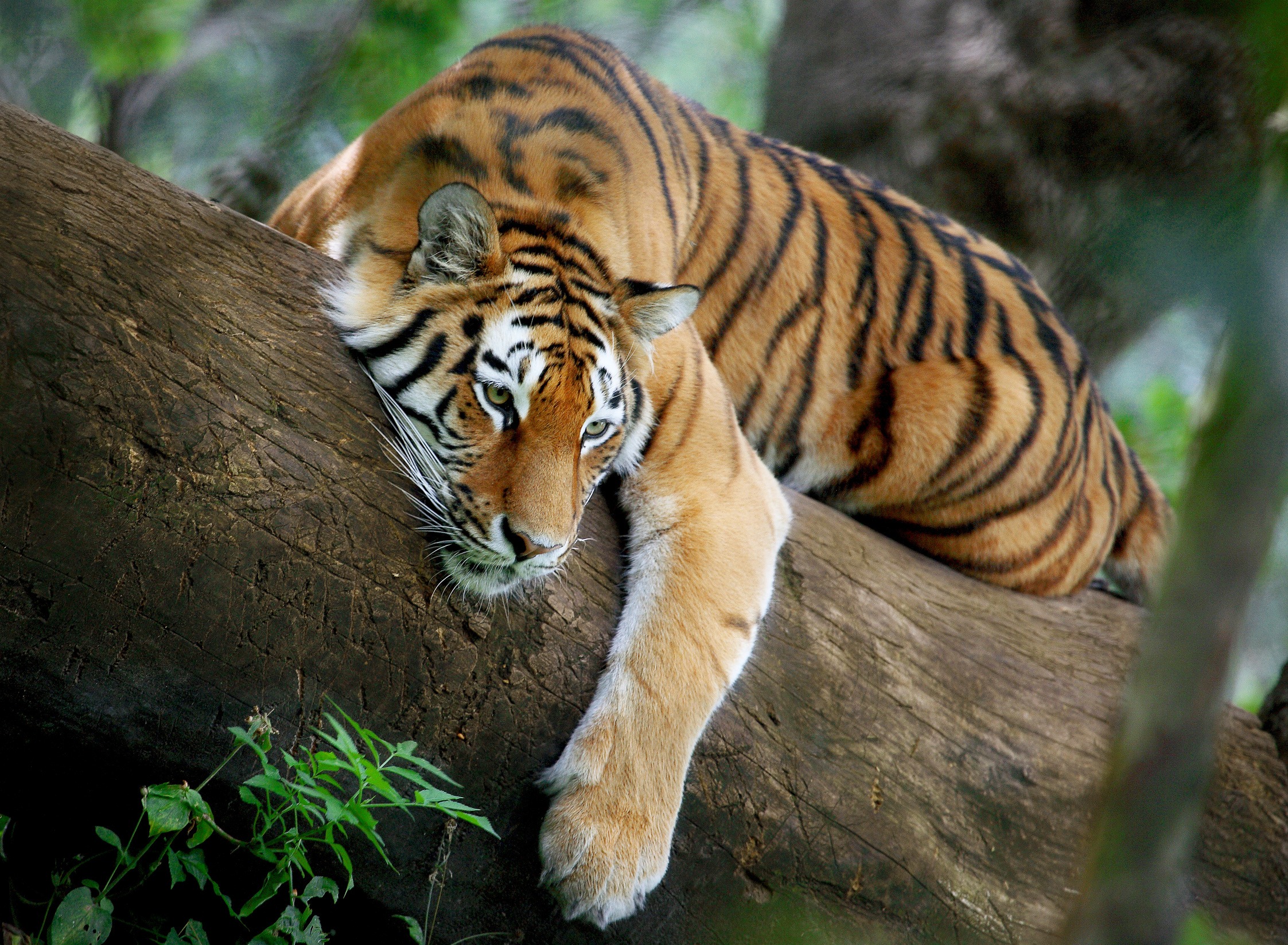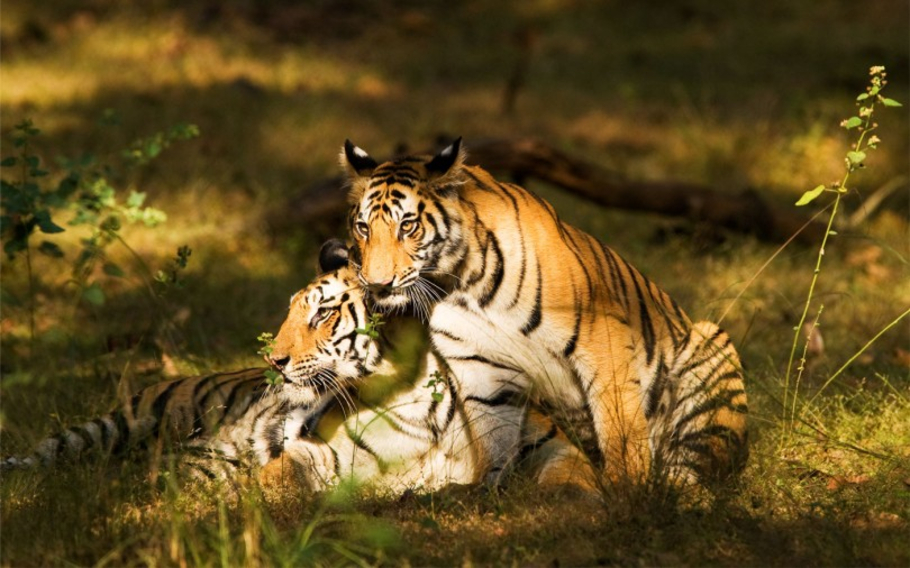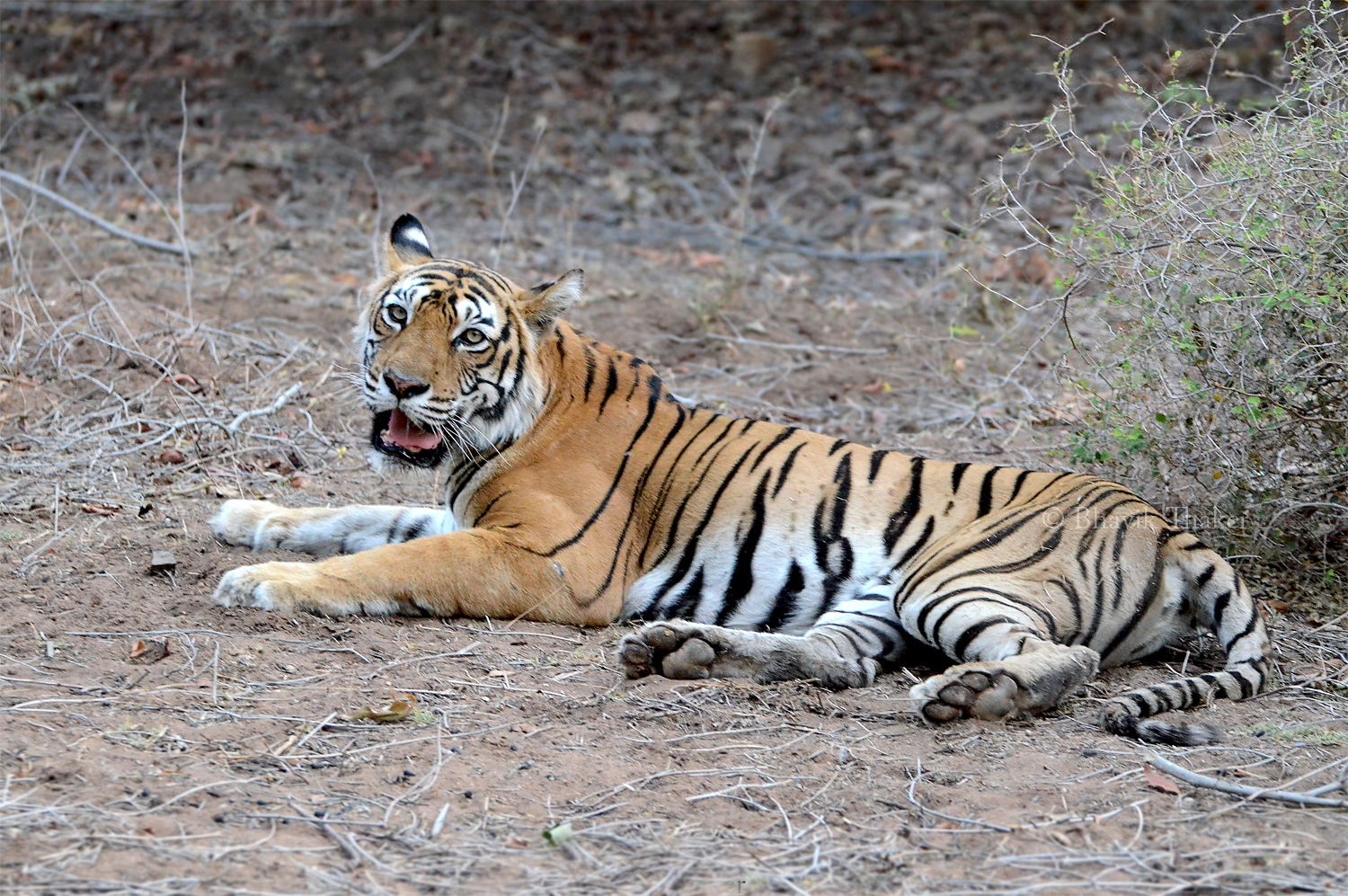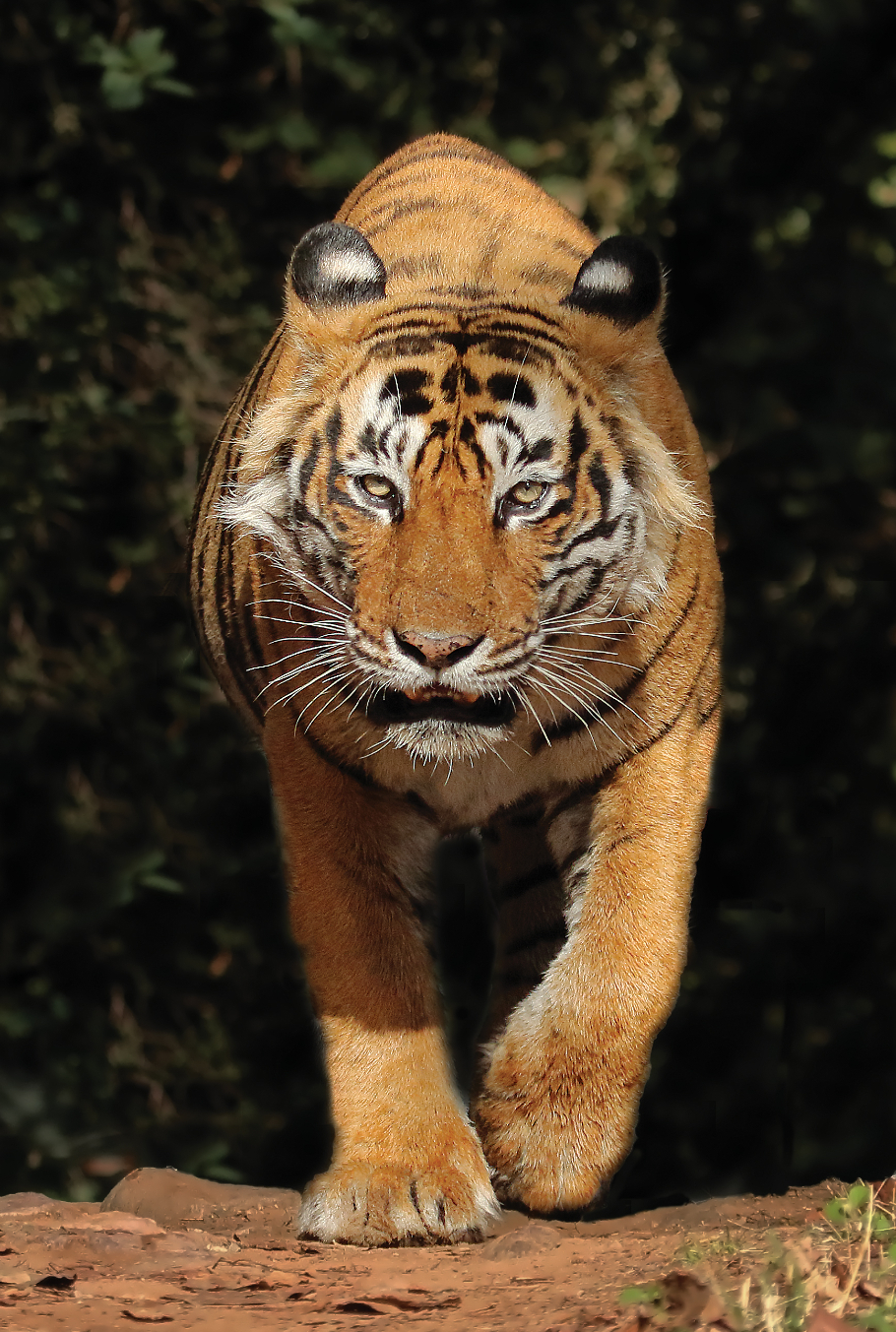
- Home
- India
- World
- Premium
- THE FEDERAL SPECIAL
- Analysis
- States
- Perspective
- Videos
- Sports
- Education
- Entertainment
- Elections
- Features
- Health
- Business
- Series
- In memoriam: Sheikh Mujibur Rahman
- Bishnoi's Men
- NEET TANGLE
- Economy Series
- Earth Day
- Kashmir’s Frozen Turbulence
- India@75
- The legend of Ramjanmabhoomi
- Liberalisation@30
- How to tame a dragon
- Celebrating biodiversity
- Farm Matters
- 50 days of solitude
- Bringing Migrants Home
- Budget 2020
- Jharkhand Votes
- The Federal Investigates
- The Federal Impact
- Vanishing Sand
- Gandhi @ 150
- Andhra Today
- Field report
- Operation Gulmarg
- Pandemic @1 Mn in India
- The Federal Year-End
- The Zero Year
- Science
- Brand studio
- Newsletter
- Elections 2024
- Events
- Home
- IndiaIndia
- World
- Analysis
- StatesStates
- PerspectivePerspective
- VideosVideos
- Sports
- Education
- Entertainment
- ElectionsElections
- Features
- Health
- BusinessBusiness
- Premium
- Loading...
Premium - Events

Machli, Charger, Ustad: Why name a tiger, after all?
A tiger acquires a name for any number of reasons: marking on the body, overall shape and size of the body or peculiarity of behavior. If nothing else, a name ensures semblance of dignity in death.

You could not miss her for anybody else. Crouching purposefully in the grassland near the lake one morning, breaking into a cat-walk in front of 100 odd mesmerized tourists the next afternoon, and in the evening bringing down a sambar deer to feed her cubs, the oddly named Machli—which means fish in Hindi—ruled Ranthambore in a way no tiger had before her. Machli’s fame crossed...
You could not miss her for anybody else. Crouching purposefully in the grassland near the lake one morning, breaking into a cat-walk in front of 100 odd mesmerized tourists the next afternoon, and in the evening bringing down a sambar deer to feed her cubs, the oddly named Machli—which means fish in Hindi—ruled Ranthambore in a way no tiger had before her.
Machli’s fame crossed national boundaries, regularly attracting shutterbugs from every corner of the globe. The world-wide popularity brought her another sobriquet: `Queen of Ranthambore’. And when she died in August 2016, the Rajasthan government issued a postage stamp in her honour—the only time a tiger received such an uncommon salute.
At around the time Machli was expanding her territory and popularity in Ranthambore, another tiger was busy making a reputation for himself some 750 kilometres away, in the Bandhavgarh Tiger Reserve of Madhya Pradesh. And what a fearsome and blood-curdling image he conjured among his countless admirers. Even the name he carried fitted his personality to a T: Charger!
Machli and Charger were privileged tigers indeed. But there have been many striped felines as popular as the two: Khali of Corbett Park, Maya the current reigning queen of Tadoba Andhari Tiger Reserve of Maharashtra, Prince of Karnataka’s Bandipur National Park, Munna of Kanha Tiger Reserve. The list of India’s celebrity tigers is quite long and it continues to grow, matching pace with the arrival of fresh heartthrobs in Bollywood, Kollywood and Tollywood.
There is, however, one thread which binds these special tigers, in whatever time-frame or location they existed: each one of them has carried a name. And it is this distinct identity, a badge of honor given by us which has put them on a pedestal.
A different point of view
But the National Tiger Conservation Authority (NTCA) views things differently. For one, it has asked the authorities of tiger reserves to desist from naming their big cats. Its logic is that a popular tiger would become more vulnerable to poaching.
The NTCA in fact does not even want a particular tiger’s location shared on social media. Here is its missive of 2017, by an Inspector General rank officer to the field directors of all the tiger reserves of India: “I am directed to say that this authority has received information of tiger photographs as well as camera trap pictures circulating on WhatsApp groups and Facebook, which are highlighting the animals’ location. This information has the potential of being used for committing wildlife crimes. It is requested that no such photographs or information be shared on WhatsApp groups or Facebook; however, a person in official capacity concerned with tiger conservation may be appraised individually on his/her personal contact details as and when required.”

And guess what has been the result of NTCA’s directive? The last few years have seen hundreds of Facebook groups devoted to the tigers of India. Dozens of new photographs, with names and locations of peoples’ favourite tigers, gets splashed all over Facebook and Instagram every day. And yet, despite NTCA’s apprehensions, the population of wild tigers in India has grown in leaps and bounds in the past four years.
Noted wildlife expert, a Padamshri recipient and member of Uttarakhand Wildlife Advisory Board Anup Sah strongly feels that by putting a name to a tiger we reach out to it in a much better way. “Why do we give name to our children? Why all the plant species are named? We do it because the very act of giving a name t these entities bring them under our protective ambit. The same goes for tigers too,” he argues.
A known tiger is important for authorities
In fact a counter argument to NTCA’s directive is that a widely recognized tiger makes the forest authorities more accountable for that particular animal. And any harm done to the individual – there have been several examples of this- puts a very uncomfortable spotlight on the forest department.
In all likelihood, it is by giving names to the tigers that we have helped the species to grow; at least in the protected national parks and sanctuaries of India. In a somewhat different context, great tiger lover and wildlife expert Billy Arjan Singh had famously commented that once a tiger moved out of a protected reserve, it became a “forgotten tiger”.

But not if that tiger happened to live in the mind-space of general public and the forest authorities. Here, Billy would have been dead wrong. The sudden absence of a popular and identifiable tiger from the scene would have immediate repercussions: as it happened in the case of legendary Sita.
The first celebrity tiger
Sita was arguably the first wild tiger to gain immense popularity with the general public and the media. A prima donna of the grasslands of Bandhavgarh, extremely camera friendly too, she captured the imagination of the world after the National Geographic magazine featured her on its cover. A rash of films, some of top-notch quality, soon made her a household name. And mind you, this happened in the mid 90s, in the pre-Google and YouTube days.
And then in1997, Sita disappeared from Bandhavgarh. She was never seen again. But Sita was not a “forgotten tiger”, and her disappearance drew such a whirlwind of alarm, criticism and cries of despair, right to the corridors of power in New Delhi, and an official inquiry was ordered into her disappearance.
When a tiger sparks hysteria
In the recent years, no tiger has generated as much mass emotion and hysteria as T-24 aka Ustad of Ranthambore. Charged with killing four humans, at different intervals, he was sentenced to life imprisonment in Udaipur zoo. But what the authorities had not anticipated was the unprecedented support Ustad would muster from his legions of fans. Rallies were taken out in several parts of India and large hoardings carrying his picture and the message `Save Ustad’ put up in many states. Even a last minute petition was filed in the Supreme Court to secure a reprieve for him.

Just as humans, tigers also become known for reasons good and bad. Dhidu (meaning stubborn), that irascible specimen from the Khinannauli range of Corbett National Park, would have remained largely unknown if only an unsuspecting David Hunt – a naturalist from England- had not stepped on his sleeping form. At that decisive moment Hunt was chasing an owl, not realizing it would be the last bird he would ever see. Dhidu killed Hunt with a single swipe of its paw, or so the story is retold with glee in numerous campfires around even now, more than three decades after the incident.
A tiger acquires a name for any number of reasons: marking on the body, overall shape and size of the body or peculiarity of behavior. Machli, for instance, was easily recognised by the fish-shaped mark on its cheek, Charger for its habit of charging aggressively at the tourist vehicles and Corbett’s Khali for its humongous size.
Just like humans, a name means a lot for the tiger. It may not mean anything to the big cat itself, but certainly it goes a long way towards the survival of the species.
Some eight years ago, at a place called Darra in Rajasthan, a tiger was run over by a speeding train. An unknown tiger cut to half in this fashion would have hardly made it to page one of a newspaper. But he was no ordinary tiger. He was subsequently identified as the charismatic and extremely popular Broken Tail of Ranthambore, situated some 100 kilometres away.
If nothing else, a name ensures semblance of dignity in death.
